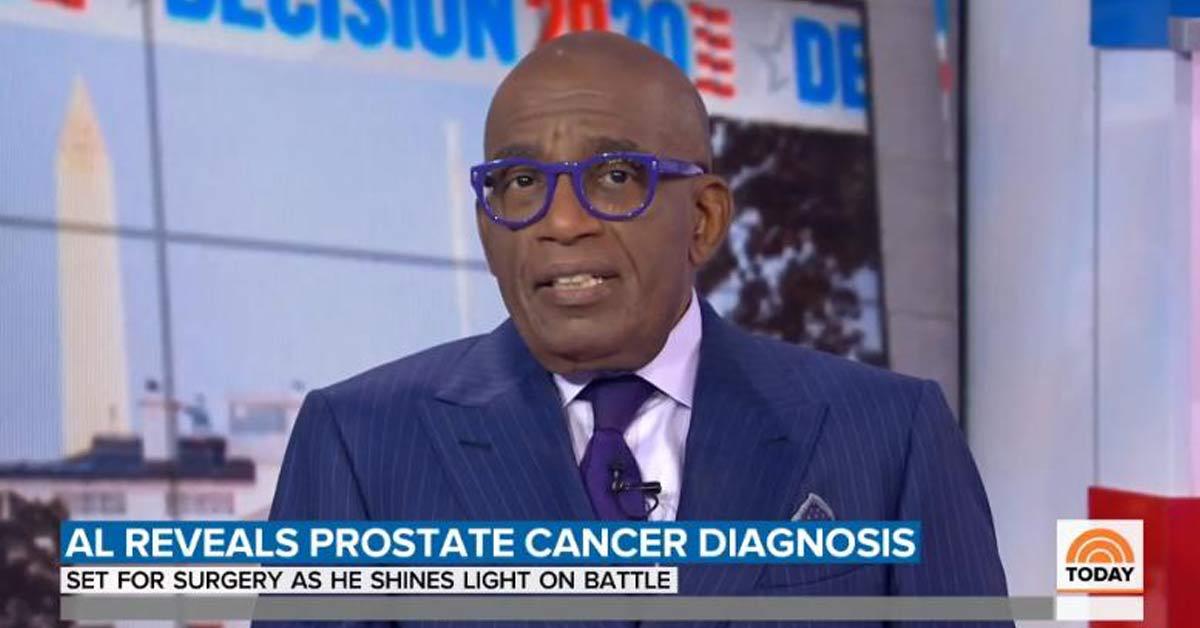On Friday, Al Roker announced his prostate cancer diagnosis. “It’s a good news-bad news kind of thing,” Al said. “Good news is we caught it early. Not great news is that it’s a little aggressive, so I’m going to be taking some time off to take care of this.” Al has long been an outspoken advocate for prostate health. In 2013, he got a prostate exam live on the Today show.
Prostate cancer is the second most common cancer in American men (behind skin cancer). The American Cancer Society estimates that almost 200,000 new cases will be diagnosed in 2020. One in nine men will be diagnosed with prostate cancer during his lifetime.
If Al’s story made you feel concerned about your own health and prostate cancer risk, keep reading for two important takeaways from his story.
Race is a Risk Factor
Black men and Caribbean men of African descent have higher rates of prostate cancer than men of other races. When cancer develops in these men, they tend to be younger. Asian American and Hispanic/Latino men have lower rates of prostate cancer than non-Hispanic white men. The reasons for differences across races and ethnicities are unclear.
…As Is Age
Al is 65, and that fits with the research.
It’s rare for men younger than 40 to be diagnosed with prostate cancer. However, the chances of having prostate cancer rise rapidly after 50. About 60 percent of cases of prostate cancer are found in men older than 65.
We recommend prostate cancer screening begins at 40. However, if you have risk factors, ask your urologist about starting screening earlier.
Prostate Cancer Screening
The best way to survive cancer is through early detection. Prostate cancer is found through regular prostate cancer screening.
Prostate cancer screening has two parts. The first part is a blood test. Blood is drawn from the arm and checked in a lab for levels of prostate-specific antigen (PSA). PSA is a protein that’s made in the prostate gland. Elevated levels of PSA may indicate prostate cancer. PSA levels can be affected by other conditions, like an enlarged prostate or urinary tract infection.
The second part is a digital rectal exam (DRE). During a DRE, a urologist inserts a gloved finger into your rectum and checks your prostate. Your urologist is looking for any abnormalities that could indicate cancer.
Both parts of the screening need to be completed. Each part of the prostate cancer screening provides unique information to your urologist and gives them the best chances for detecting prostate cancer early.
If you’re ready for your first prostate cancer screening or you’re due for your next, make an appointment today.

